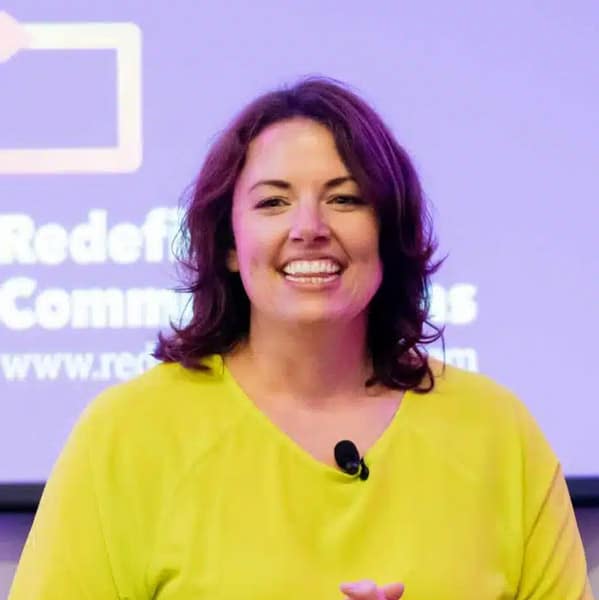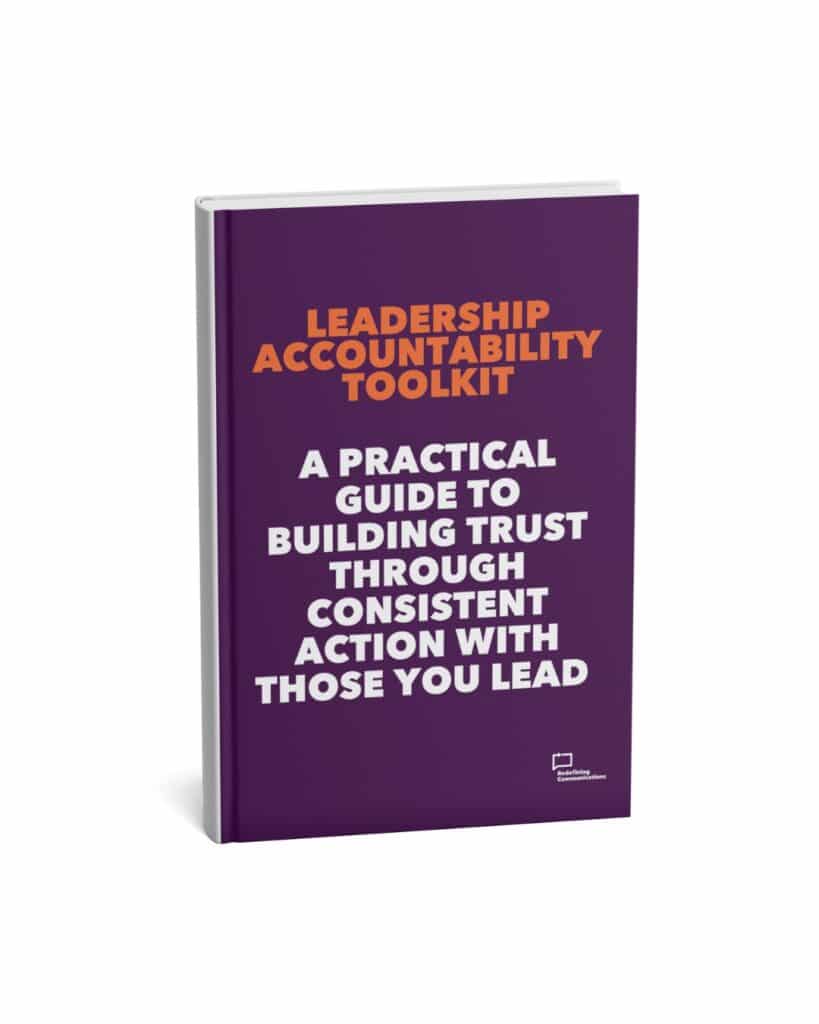Are you clear on your organisation’s purpose?
Are you communicating it well? And are you embodying it with your actions and decisions?
Chances are if you’re in an HR, PR, communications or marketing role the answer will be yes.
But often as a leader it can become easy to make decisions that are not in line with the purpose, especially when you’re juggling multiple stakeholders and different pressures. It’s also easy to miss the correlation between decisions, actions and purpose.
It’s a topic I‘ve been researching and reading about for the last five years – looking at the impact it can have on organisations when purpose disappears, the length of time it takes for the impact to be felt when leadership teams lose that focus and the effect it can have on employee engagement.
It’s a huge topic but I hope this blog will provide a brief overview to some of the key issues that arise when purpose disappears, and some of the best ways to prevent this from happening.
What does it look like when organisational purpose is lost?
A loss of purpose is one of the biggest causes of chaos within an organisation. It can result in a number of different symptoms, which will slowly erode confidence and trust:
- A lack of strategic narrative (see next section)
- A loss of focus on the right things – which can make decision making very difficult
- A long-term impact on commercial performance
- Poor employee retention
- Reputational damage
In my work, I often spend time with leadership teams exploring changes to strategy or communication in the organisation, and purpose will often emerge as an issue.
These conversations can include questions and statements like:
“You’re prioritising X over Y yet you state that Y is the most important and a core to your purpose?”
“This is a significant cultural change due to business transformation and it won’t happen overnight so we need to work through what you want that to look like.”
Purpose and employee engagement
The correlation between purpose and employee engagement is high. So, when it comes to looking at employee retention, productivity and efficiency, all routes lead to purpose.
In 2012 Nita Clark and David Macleod produced a white paper which outlines the four pillars of employee engagement: Strategic narrative, engaging managers, employee voice, and organisational integrity.
The first of these, and the one I think is the most important, is strategic narrative.
Strategic narrative can be defined as the story linked to your purpose. If you are not clear on this, the impacts can be huge.
In my book Influential Internal Communication I share some case studies of brands – including Patisserie Valerie, Carillion and TOMs – which explore the impact of chaos on organisations, and so much of the activity that led to some really difficult situations was all linked to purpose.
Getting clear on your purpose
So, when it comes to losing your purpose, how do you get it back? What should it be and how do you stop it from going in the first place?
These are all big questions, but considering the three points below could help you go from chaos to calm:
- Don’t underestimate the link between culture and purpose: The pandemic had a massive impact on the culture of a lot of businesses due to the huge changes to working practices, so if you haven’t revisited yours since then, it could be time to do it now.
It’s important to focus on what the organisation looks like now, not what it was. While the change might be painful, you need lean into it, accept it and redefine your purpose accordingly.
A really useful tool for thinking about this is Simon Farell’s Purpose Equation in which he invites you to think about whether your organisation is purposeful or purpose-led.
If you think you have lost your culture and/or purpose, getting it back has to start with leaders. Get the leadership team in a room and discuss why. Talk about what has changed and what you want the organisation to feel like to its stakeholders.
Accept thatnot everyone will instantly be with you on changes and ensure you’re doing the work to bring people along with you. You can’t just do it quietly in one big room, you need to look at what it will mean all the way through the organisation.
- Think about what your purpose should be: There’s no definitive answer here. Your purpose is whatever you want it to be. Yes, there are likely to be links to ESG, technology and diversity and inclusion, but the reason your organisation exists and why you do what you do is unique.
Your purpose should be something that makes you stand out from other people, the reason people want to come and work for you rather than someone else. It’s the same with your values, your manifesto, your behaviours – they should all be things linked to you and just you.
- Ensure it doesn’t disappear: A purpose doesn’t live on a poster on a boardroom wall. It has to be embedded in an organisation’s behaviours, processes, meeting structures and decision-making. If you’re going through an exercise to look at your purpose it has to be pulled through into the every day.
This is crucial, because, as mentioned above, if we say X is the most important but we end up telling people to focus on Y they’ll be confused.
When actions and messages aren’t aligned we question integrity and then we lose trust and the whole thing can spiral. This is unlikely to be something we’re aware of instantly but it will result in a gradual decline from the inside out. If we look at many of the organisations that no longer exist today they didn’t all fall overnight, they may have been in decline for a long time, but that loss of culture will have been a driving force behind this.
You can also hear more about this subject on this episode of the Redefining Communications with Jenni Field podcast.








